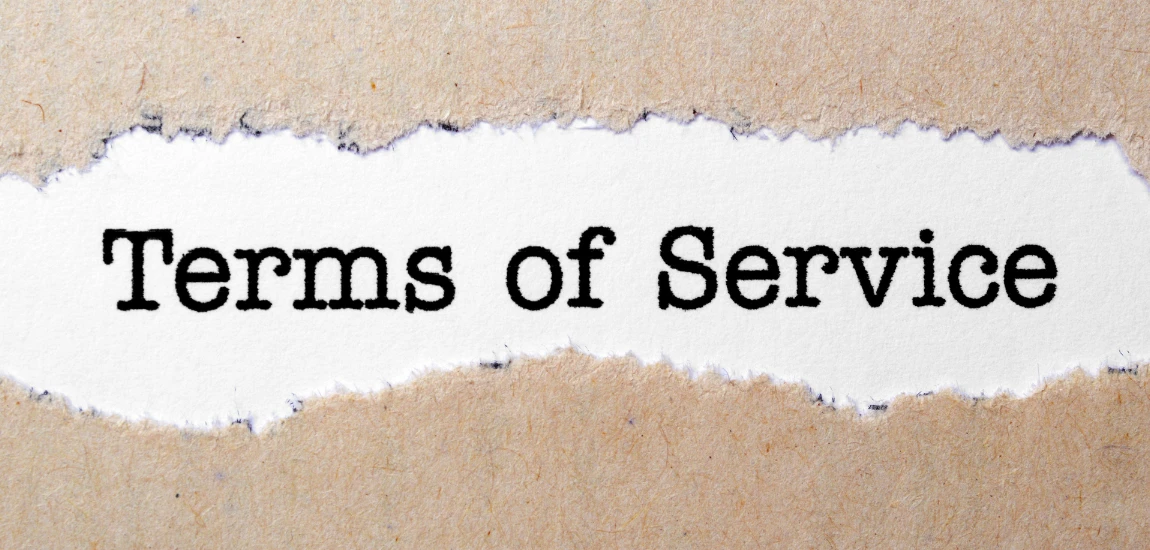Terms of (Emotional) Service: The Hidden Cost of Being Online

The Price You Didn’t Know You Were Paying
When we sign up for a new app or social platform, we click “I agree” without reading the fine print. But beyond data collection and privacy concerns lies another, subtler exchange: our emotions. Every scroll, like, and share involves a hidden cost—our emotional well-being. The digital ecosystem thrives on engagement, and engagement thrives on emotion. The stronger our feelings—whether joy, anger, or envy—the longer we stay online.
How Attention Became Emotional Currency
In the attention economy, time isn’t the only valuable resource—emotion is. Platforms have mastered the art of converting feelings into data, which then fuels ads, algorithms, and profits. Every emotional reaction you have online becomes a data point used to predict and influence future behavior. Over time, this emotional harvesting blurs the line between what we truly feel and what we’re nudged to feel.
The New Emotional Economy
This invisible trade creates a digital paradox: we connect to feel seen and understood but end up feeling drained and manipulated. The cost of belonging in the digital world is emotional labor—constant self-presentation, performance, and response. The “terms of emotional service” we unknowingly agree to are far more personal than any privacy policy.
Emotional Data: The Internet’s Most Valuable Commodity

The Rise of Emotional Surveillance
Beyond tracking clicks and location data, tech companies now measure your moods. Facial recognition software, sentiment analysis, and biometric sensors can read micro-expressions, voice tone, and typing speed to infer your emotional state. This isn’t science fiction—it’s the business model behind everything from targeted ads to content recommendations.
How Emotional Profiling Works
When you pause on a video, click an article, or react to a post, algorithms log those micro-moments. These cues build an “emotional profile,” allowing platforms to tailor content that keeps you engaged. Your anger, joy, or loneliness become inputs in a predictive model optimized to control your attention.
The Human Cost of Algorithmic Emotion
While emotional profiling promises personalized experiences, it strips away autonomy. When algorithms know how to push our emotional buttons, free will becomes harder to distinguish from digital suggestion. We’re not just users anymore—we’re participants in an emotional economy we didn’t consent to.
The Emotional Tax of Constant Connection

The Pressure to Be Present
In the digital age, being online feels synonymous with being alive. Whether it’s responding to messages instantly or posting updates to prove relevance, the emotional expectation of “being available” is relentless. This constant connectivity fosters guilt, anxiety, and the fear of missing out (FOMO), which slowly erodes emotional health.
Notifications as Psychological Triggers
Every ping, buzz, or alert isn’t just information—it’s a psychological hook. Notifications exploit the brain’s dopamine system, offering small rewards for attention. Over time, these triggers condition users to crave stimulation, creating a loop of anticipation and stress.
Emotional Fatigue in the Feed
When every platform demands emotional response—likes, comments, empathy—users experience emotional burnout. It’s the digital equivalent of running a marathon on empty: endless giving without rest. The result is numbness, irritability, and a growing sense of disconnection despite constant communication.
The Social Media Stage: Performing Your Personality

Curated Authenticity
Online, we perform ourselves. From crafting the perfect caption to curating images that reflect our “best life,” authenticity becomes aesthetic. The emotional toll of maintaining this digital persona is immense—it forces us to measure self-worth through external validation.
Emotional Branding of the Self
Social media teaches us to market not just products but personalities. Each post becomes part of an ongoing campaign of identity. The pressure to remain likable, relatable, and emotionally expressive transforms selfhood into emotional labor. Feelings become performative currency in a marketplace of attention.
The Feedback Loop of Validation
Every like or comment reinforces this cycle. The dopamine hit of digital approval fuels more content creation, even when it contradicts genuine emotion. We begin to feel compelled to share even our pain, transforming vulnerability into a performance for visibility.
Emotional Manipulation in Digital Marketing

Selling Through Sentiment
Marketers have long known that emotion sells better than logic—but online, the scale of manipulation is unprecedented. Emotional targeting allows advertisers to tailor messages based on mood and behavior. Anxious users see ads for relaxation products; lonely users get dating apps. The system doesn’t just respond to feelings—it shapes them.
The Rise of Empathy Marketing
Brands now mimic empathy, creating emotional narratives that foster connection and trust. Campaigns like “we’re in this together” or “real people, real stories” play on our need for belonging. But beneath this emotional gloss lies a cold truth: every feeling you share is monetized.
The Paradox of Digital Empathy
When emotion becomes a marketing strategy, sincerity suffers. “Feel-good” campaigns and cause-driven branding blur the line between compassion and commerce. The emotional cost of being online isn’t just personal—it’s structural, embedded in every interaction we have with brands.
Emotional Boundaries and Digital Overload

Recognizing Emotional Overconsumption
The internet’s emotional intensity leaves little room for recovery. Whether it’s outrage-driven news, tragedy porn, or endless positivity posts, our feeds are emotional minefields. We consume emotions like fast food—quickly, excessively, and without nourishment.
The Importance of Emotional Hygiene
Just as we practice digital detoxes, emotional hygiene is vital. This means setting boundaries around how much emotional content we absorb and share. Curating feeds, muting triggers, and scheduling offline time are practical steps to protect mental and emotional health.
Reclaiming Inner Space
Digital silence is powerful. Taking intentional breaks from the emotional noise of the internet helps reset the nervous system and restore empathy. Emotional minimalism—engaging only with content that truly resonates—reconnects us with authentic feeling rather than algorithmic reaction.
Rewriting the Terms: How to Take Back Emotional Control

Reading the Fine Print of Digital Emotion
Understanding the emotional mechanics of the internet is the first step toward reclaiming agency. Recognize when a post, ad, or notification is designed to provoke a feeling. Awareness disrupts the automatic loop of reaction and keeps emotional control in your hands.
Practicing Emotional Mindfulness Online
Before reacting to emotional content, pause. Ask: Who benefits from my reaction? Practicing emotional mindfulness online helps filter manipulation from genuine connection. This small act of awareness can reduce stress and increase emotional resilience.
Building a Healthier Digital Relationship
Rewriting your own “terms of emotional service” means choosing platforms and people that nurture rather than exploit your emotions. Support creators who prioritize authenticity, diversify your information sources, and engage in digital spaces that align with your values. Emotional independence online is not detachment—it’s discernment.



